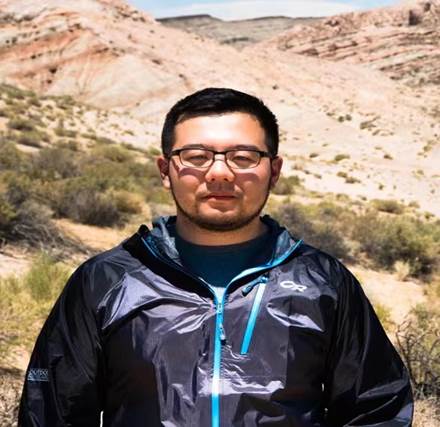 |
September 21, 2022 10:00-11:30
Tencent Meeting ID:688-920-809
Seminar Speaker: Junlin Hua, Postdoctoral Fellow Seismic Imaging of the Mantle-Grand,
the University of Texas at Austin
Host: Zhitu Ma, School of Ocean and Earth Science

Abstract: The asthenosphere plays a fundamental role in present-day plate tectonics as its low viscosity controls how mantle convection is expressed at the surface. However, the origin of the asthenosphere and in particular the role of partial melt in reducing viscosity and facilitating deformation remains debated. By analyzing scattered seismic waves sampled at globally distributed stations, here we found the first globally widespread evidence for a positive seismic velocity gradient at depths of ~150 km. This velocity boundary is most commonly detected in regions with elevated upper mantle temperatures and is best modelled as the base of a partially molten low seismic velocity zone within the asthenosphere. However, the presence of the boundary does not correlate with accumulated mantle strain as expressed in seismic wave anisotropy patterns, indicating that it does not significantly affect large-scale viscosity. Rather, this implies a partially molten zone embedded within an asthenosphere whose low viscosity is primarily controlled by gradual pressure and temperature variations with depth.


